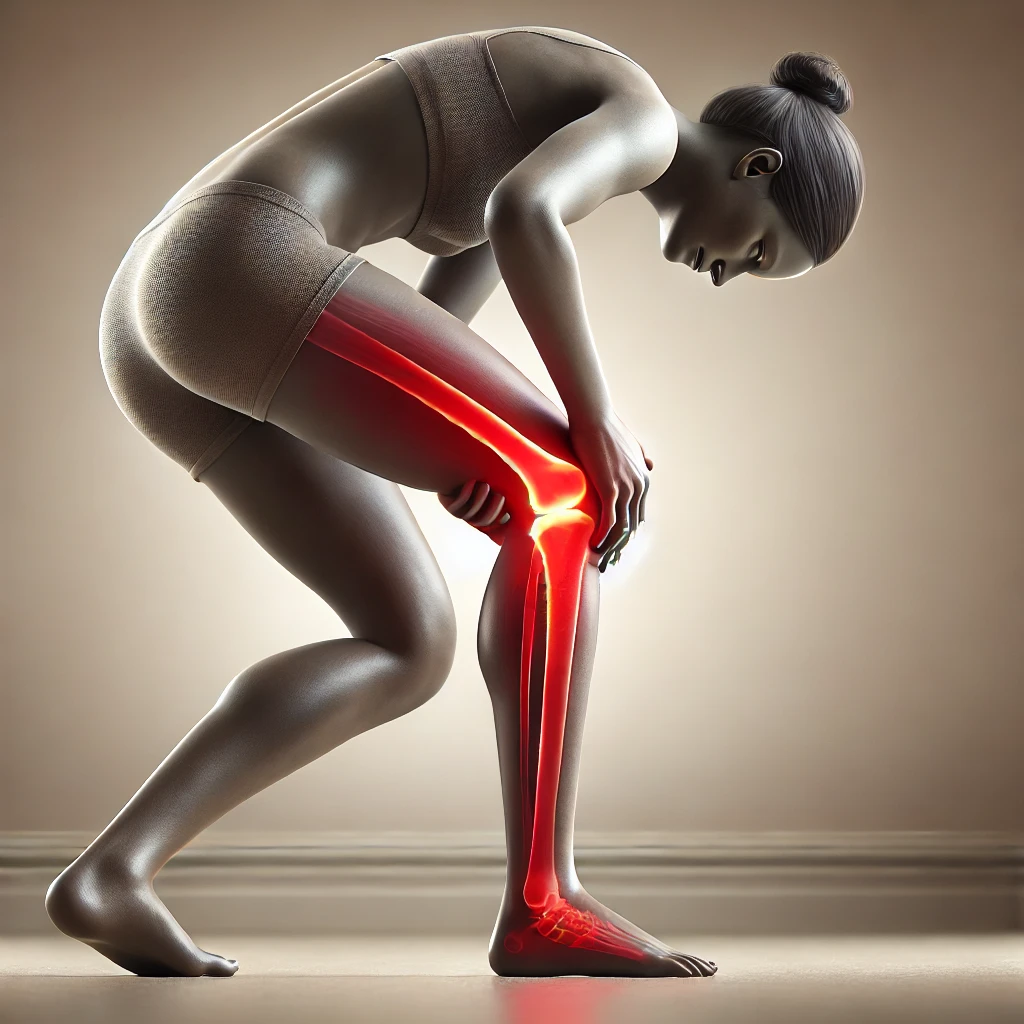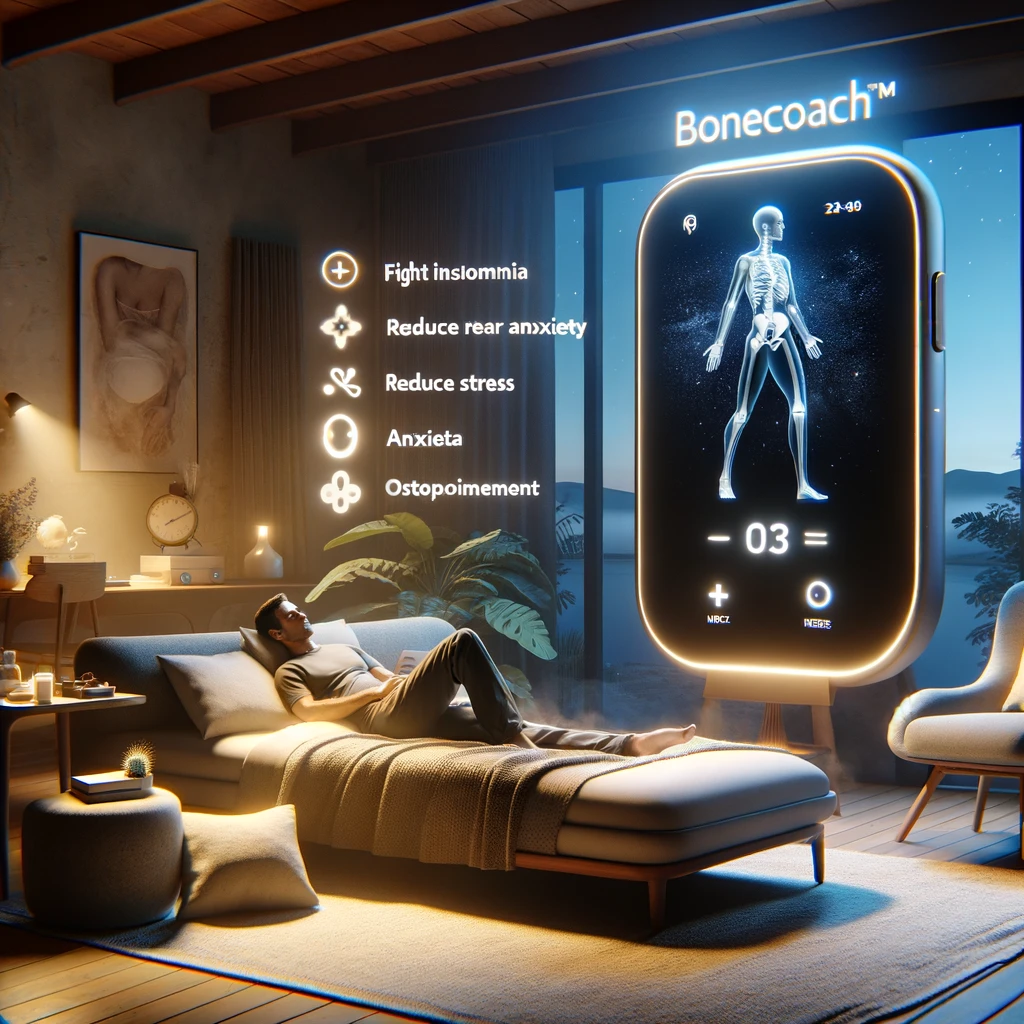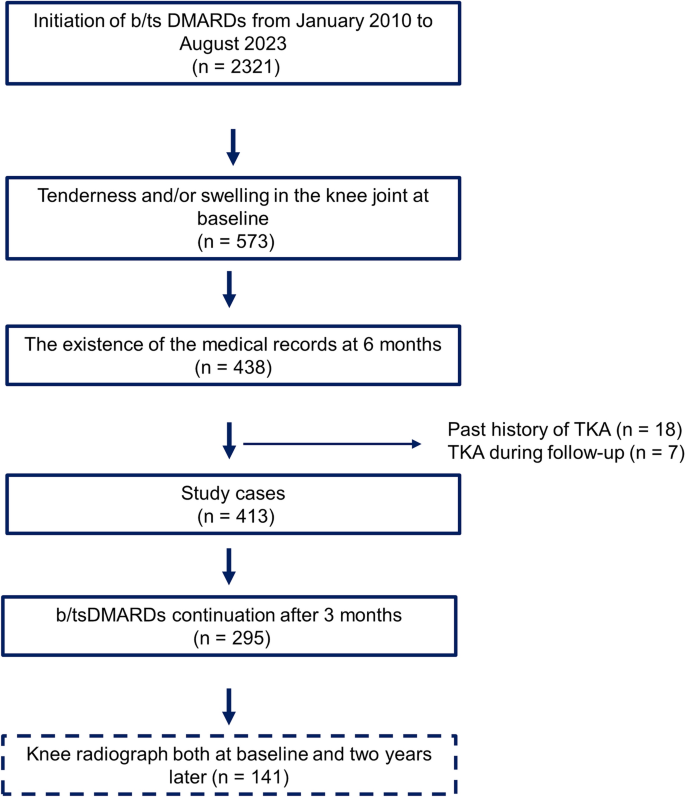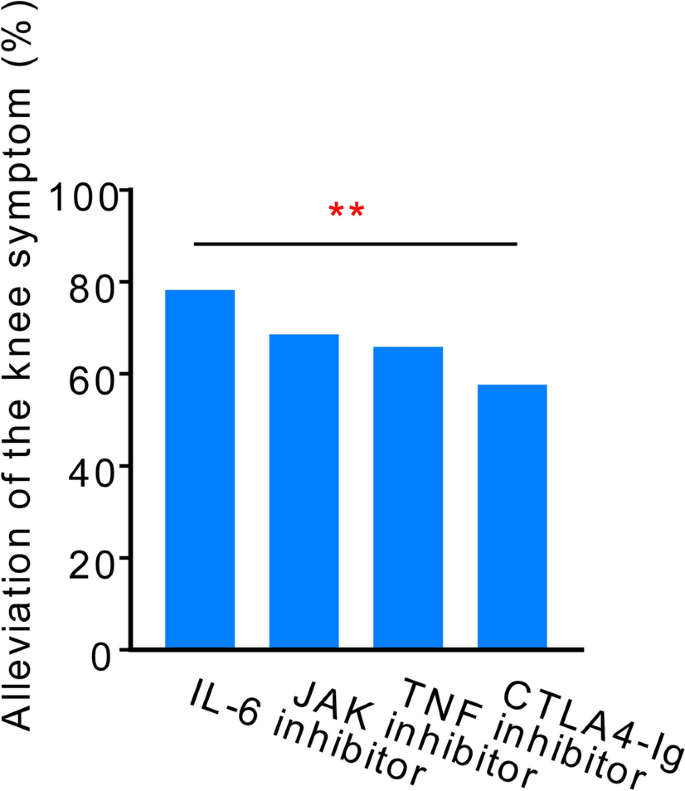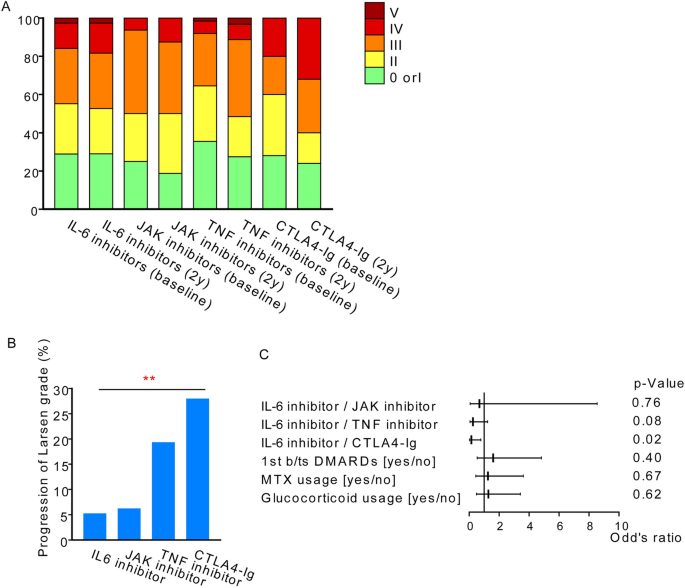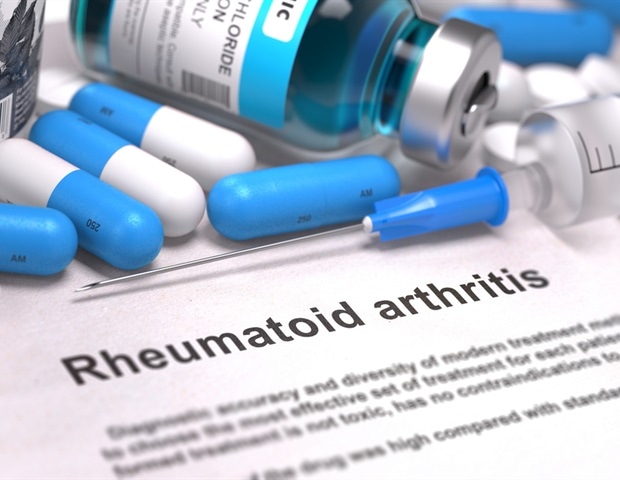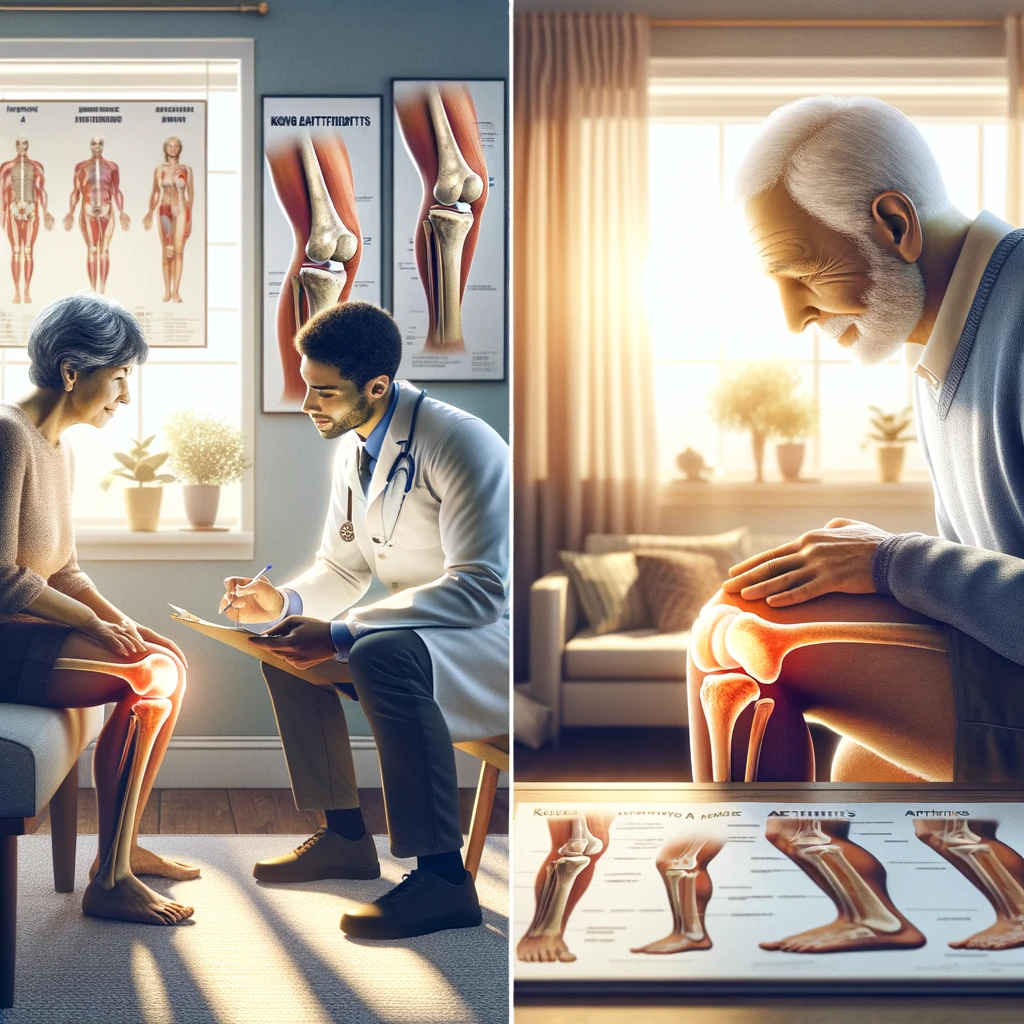Knee pain when bending is a common issue that many people face. This discomfort can be mild or severe and can affect daily activities. Understanding the causes and treatments for this type of pain is important to find relief and improve quality of life. In this article, we’ll explore the various reasons behind knee pain when bending and discuss ways to manage and prevent it.
Common Causes of Right Side Knee Pain When Bending

Knee pain when bending is a common problem for many people and can have numerous underlying causes. Osteoarthritis, meniscus tears, bursitis, ligament strain, and tendonitis are some of the most common causes. Bone fractures or infections in the joint may also cause knee pain. Often, knee pain can occur due to overuse or an unexpected increase in physical activity. Additionally, obesity or misalignment of the hips (such as hip aberration) can lead to increased pressure and tension on the knees that can cause pain.
Sharp Pain in the Knee When Bending

Torn Ligament or Meniscus
A torn ligament or meniscus can cause sharp pain when bending the knee. This injury often happens during sports or physical activities. You might also notice swelling and difficulty moving your knee.
Knee or Patellar Fracture
A fracture in the knee or patella can lead to severe pain when bending. This type of injury usually results from a direct blow or fall. Symptoms include intense pain, swelling, and an inability to straighten the leg.
Osteoarthritis
Osteoarthritis is a common cause of knee pain, especially in older adults. This condition occurs when the cartilage in the knee joint wears down over time. Symptoms include pain, stiffness, and swelling, which can worsen when bending the knee.
If you experience sharp pain in your knee when bending, it’s important to consult a healthcare professional for a proper diagnosis and treatment plan.
Pain at the Top of the Kneecap When Bending
Knee Bursitis
Knee bursitis happens when the small fluid-filled sacs, called bursae, become inflamed. These sacs help reduce friction and cushion pressure points between your bones and the tendons, muscles, and skin near your joints. When they get irritated, you might feel pain at the top of your kneecap, especially when bending your knee.
Quadriceps Tendonitis
Quadriceps tendonitis is an inflammation of the tendon that connects your quadriceps muscles to your kneecap. This condition often results from overuse, especially in activities that involve a lot of jumping or running. Pain at the top of the kneecap is a common symptom, and it can worsen when you bend your knee.
Osteoarthritis
Osteoarthritis is a type of arthritis that occurs when the cartilage that cushions the ends of your bones wears down over time. This can lead to pain and stiffness in the knee, particularly at the top of the kneecap. Bending the knee can become especially painful as the condition progresses.
If you experience persistent pain at the top of your kneecap when bending, it’s important to consult a healthcare professional for a proper diagnosis and treatment plan.
Diagnosing Knee Pain When Bending
Medical History and Symptoms
When diagnosing knee pain, doctors first look at your medical history and symptoms. They ask about when the pain started, what makes it worse, and if you have any other health issues. This helps them understand the possible causes of your pain.
Physical Examination
Next, the doctor will do a physical exam. They will check your knee for swelling, tenderness, and range of motion. They might also move your knee in different ways to see what hurts. This can help them find out if you have a specific injury or condition.
Imaging Tests
Sometimes, doctors need more information to diagnose your knee pain. They might order imaging tests like X-rays, MRIs, or CT scans. These tests can show details inside your knee, like bones, cartilage, and ligaments. This helps doctors see if there is any damage or other issues causing your pain.
If you are experiencing knee pain, especially when you bend it to walk, kneel, sit, squat, and more, it is likely that you have a condition or injury that needs treatment. It is incredibly difficult to self-diagnose correctly, so seeing an orthopedic specialist is critical.
Treatment Options for Knee Pain When Bending

Medications
For knee pain, doctors often suggest medications to help manage discomfort and reduce inflammation. Over-the-counter pain relievers like ibuprofen or acetaminophen can be effective. In some cases, a doctor might prescribe stronger medications or injections to provide relief.
Physical Therapy
Physical therapy is a common treatment for knee pain. A physical therapist can guide you through exercises that improve strength, flexibility, and mobility in your knee. These exercises are tailored to your specific condition and can help you recover faster.
Surgical Interventions
When other treatments don’t work, surgery might be necessary. Procedures can range from minimally invasive arthroscopy to more complex operations like knee replacement. The type of surgery depends on the cause and severity of your knee pain.
It’s important to consult with a healthcare provider to determine the best treatment plan for your knee pain. They can help you weigh the benefits and risks of each option.
Preventing Knee Pain When Bending
Proper Warm-Up and Stretching
Warming up and stretching before any physical activity is crucial. Always stretch your legs before and after exercising. This helps to prepare your muscles and joints for the activity, reducing the risk of injury. Avoid sudden increases in the intensity of your exercise routine; instead, gradually work your way up.
Strengthening Exercises
Practicing regular strengthening exercises that target the muscles supporting your knees can significantly reduce the risk of injury. Focus on exercises that strengthen your quadriceps, hamstrings, and calves. These muscles help stabilize your knee joint.
Maintaining a Healthy Weight
Maintaining a healthy weight is essential for reducing the strain on your knees. If you are overweight, losing excess weight can make a big difference. This reduces the pressure on your knee joints, making injuries less likely.
Consistent exercise and a balanced diet are key to keeping your knees healthy and pain-free.
When to See a Doctor for Knee Pain
Persistent Pain
If your knee pain doesn’t go away after a few days, it’s time to see a doctor. Chronic pain that lasts for weeks or even months needs medical attention to find out what’s wrong and how to fix it.
Swelling and Instability
If your knee is swollen or feels like it might give out, you should get it checked. Swelling can mean there’s something serious going on inside your knee, and instability can make it hard to walk or do everyday things.
Limited Range of Motion
When you can’t bend or straighten your knee like you used to, it’s a sign you need to see a doctor. Limited movement can be a sign of a bigger problem that needs treatment.
Don’t ignore knee pain. Seeing a doctor early can help you get the right treatment and avoid more problems later.
Conclusion
Knee pain when bending can be a real hassle, affecting your daily activities and overall quality of life. It’s important to remember that there are many possible causes, from minor injuries to more serious conditions like osteoarthritis or torn ligaments. If you’re experiencing this kind of pain, it’s best to consult a doctor for a proper diagnosis and treatment plan. In the meantime, simple measures like rest, ice, and over-the-counter pain relievers can help manage the discomfort. Stay proactive about your knee health, and don’t ignore persistent pain. Taking early action can make a big difference in your recovery and long-term well-being.
Key Takeaways
- Knee pain when bending can be caused by different factors like injuries, arthritis, and tendonitis.
- Sharp knee pain might indicate a serious issue like a torn ligament or fracture.
- Pain at the top of the kneecap could be due to bursitis or tendonitis.
- Proper diagnosis often requires a combination of medical history, physical exams, and imaging tests.
- Treatment options range from medications and physical therapy to surgical interventions.
Frequently Asked Questions
Why does my knee hurt when I bend it?
Knee pain when bending can be caused by various conditions such as Baker’s cyst, hamstring tendonitis, or a knee injury. Sharp pain might indicate a torn ligament or meniscus, a knee fracture, or osteoarthritis.
What should I do if I have sharp knee pain when bending?
If you experience sharp knee pain when bending, it’s important to see a doctor. They can diagnose the issue, which could be a torn ligament, meniscus, or a fracture. Avoid putting weight on the knee until you get a diagnosis.
Can I treat knee pain at home?
Some mild knee pain can be managed at home with rest, ice, compression, and elevation (RICE). Over-the-counter pain relievers may also help. However, if the pain is severe or persists, you should see a doctor.
How can I prevent knee pain when bending?
To prevent knee pain, make sure to warm up and stretch before activities, strengthen your leg muscles, and maintain a healthy weight. Wearing proper footwear and avoiding sudden increases in physical activity can also help.
When should I see a doctor for knee pain?
You should see a doctor if your knee pain is persistent, causes swelling or instability, or limits your range of motion. These could be signs of a more serious condition that needs medical attention.
What are the treatment options for knee pain?
Treatment options vary depending on the cause and severity of the pain. They can include medications, physical therapy, and in some cases, surgical interventions. Your doctor will recommend the best course of action for your specific situation.
